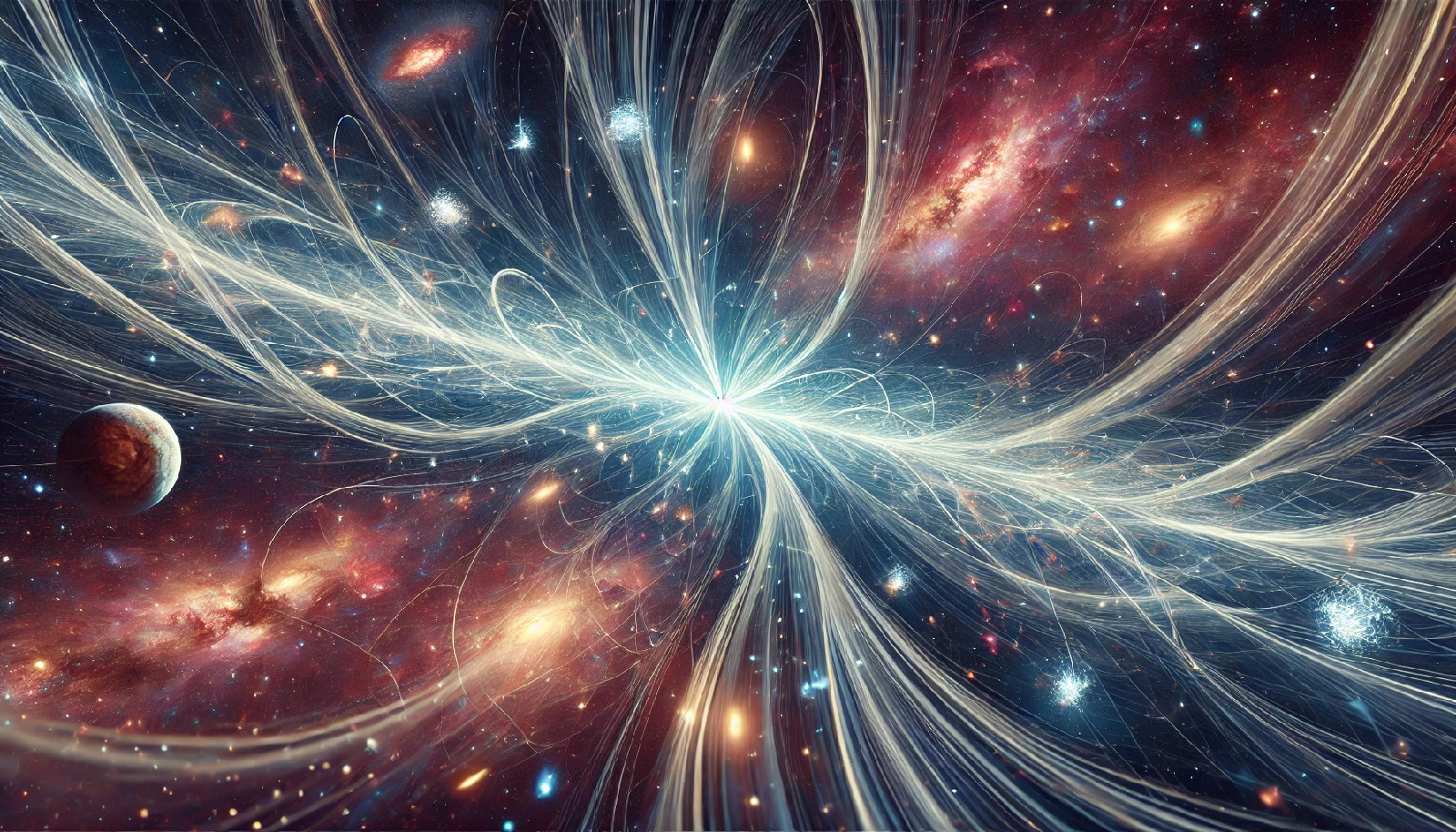Hi there, dreamers and deep thinkers!
Today, we’re diving into a fascinating topic that has puzzled scientists, sparked imaginations, and quietly woven itself into the very fabric of the cosmos: neutrinos. They’re small, elusive, and borderline magical in their behavior—like the shy introverts of the particle world. Let’s explore what makes these tiny entities so extraordinary and why they matter.
What Are Neutrinos?
To understand neutrinos, think about the smallest building blocks of matter—particles that make up everything from stars to coffee cups. Neutrinos are a type of subatomic particle, but they’re not your average protons, neutrons, or electrons.
Here’s the kicker: neutrinos are nearly massless and carry no electric charge. They hardly interact with anything, which makes them incredibly difficult to detect. While photons (light particles) brighten up your day and electrons power your gadgets, neutrinos are like cosmic drifters—unseen and silent, but always moving.
Physicist Wolfgang Pauli first proposed the existence of neutrinos in 1930. He didn’t call them “neutrinos” though—that came later when Enrico Fermi coined the term. “Neutrino” is Italian for “little neutral one,” which, let’s admit, is kind of adorable.
Why Neutrinos Are So Mysterious
Imagine walking through a wall. Sounds impossible, right? For neutrinos, it’s just another Tuesday. These particles can travel through planets, stars, and vast stretches of space without breaking a sweat.
Why? It boils down to their weak interaction with other particles. Neutrinos only interact via the weak nuclear force (one of the four fundamental forces of nature) and gravity. Since the weak force operates on an extremely short range and neutrinos have almost no mass, they effectively ghost their way through matter.
Here’s a mind-blowing stat: billions of neutrinos pass through your body every second. Right now, as you’re reading this, trillions of neutrinos are streaming from the Sun, gliding through the Earth, and moving on their merry way without you even noticing.
How Neutrinos Are Made
Where do these sneaky little particles come from? Turns out, neutrinos are produced by some of the most energetic and violent processes in the universe:
1. The Sun
The Sun is a massive neutrino factory. Deep in its core, nuclear fusion converts hydrogen into helium, releasing a flood of neutrinos in the process. These solar neutrinos are the ones constantly bombarding Earth.
2. Supernovae
When massive stars reach the end of their lives and explode as supernovae, they release an astronomical number of neutrinos. In fact, a supernova emits more energy in neutrinos than in visible light.
3. Cosmic Rays
When high-energy cosmic rays smash into atoms in Earth’s atmosphere, they produce neutrinos as a byproduct.
4. Man-Made Sources
Yes, humans can create neutrinos too! Particle accelerators and nuclear reactors generate neutrinos during experiments and nuclear reactions.
Detecting the Undetectable
If neutrinos rarely interact with matter, how do we even know they exist? Enter neutrino detectors—some of the most awe-inspiring technological achievements of modern science.
Neutrino Observatories
To catch a neutrino in action, scientists build enormous detectors, often underground or underwater, to shield them from other cosmic interference. These detectors are filled with thousands of tons of water, ice, or special chemicals. When a neutrino interacts with an atom (a rare occurrence), it produces a tiny flash of light or other detectable signal.
IceCube Observatory
One famous example is the IceCube Neutrino Observatory in Antarctica. It’s buried deep in the ice and uses over 5,000 sensors to detect neutrino interactions. Cool, right? Literally.
Why Neutrinos Matter
Alright, so neutrinos are quirky and mysterious, but why should we care? Let me break it down:
1. Understanding the Universe
Neutrinos are like cosmic breadcrumbs, offering clues about the most energetic events in the universe—supernovae, black holes, and even the Big Bang. They provide a unique way to study the cosmos beyond traditional light-based astronomy.
2. Solving Physics Mysteries
Neutrinos have already challenged our understanding of physics. For decades, scientists thought they were massless. Then, in 1998, experiments revealed that neutrinos do have mass, albeit tiny. This discovery forced physicists to rethink the Standard Model of particle physics.
3. Probing Dark Matter
Some theories suggest that neutrinos could be a key to understanding dark matter, the mysterious substance that makes up most of the universe’s mass.
4. Practical Applications
Believe it or not, neutrinos could have practical uses. For example, they could help scientists develop more advanced nuclear reactors or even provide a new way to communicate through the Earth without wires or satellites.
Fun Facts About Neutrinos
Here’s a quick roundup of some neutrino trivia to impress your friends:
- Neutrino Flavors: Neutrinos come in three “flavors”—electron, muon, and tau. They can even switch between these flavors as they travel, a phenomenon called neutrino oscillation.
- They’re Older Than You: Some neutrinos were created during the Big Bang, making them as old as the universe itself.
- Supernova 1987A: In 1987, scientists detected neutrinos from a supernova in the Large Magellanic Cloud. It was one of the first times neutrinos were used to observe an astronomical event.
The Spiritual Side of Neutrinos
Alright, let’s get a little philosophical. Neutrinos, in their quiet, ghost-like nature, remind us of the unseen forces that shape the universe. They’re a testament to the idea that the most powerful phenomena aren’t always visible.
If you believe in interconnectedness (and you know I do), neutrinos are a perfect metaphor. They connect stars, galaxies, and even you and me in a cosmic dance that transcends time and space.
Final Thoughts
Neutrinos are more than just particles—they’re cosmic storytellers, carrying the secrets of the universe across vast distances. They remind us that there’s so much we don’t yet understand, and that’s okay. Curiosity is what keeps us looking up at the stars and wondering about the unseen worlds that exist all around us.
Stay curious,




